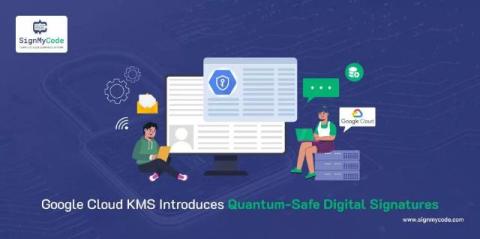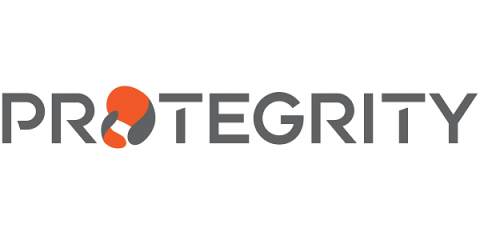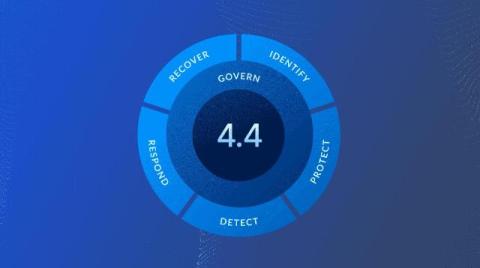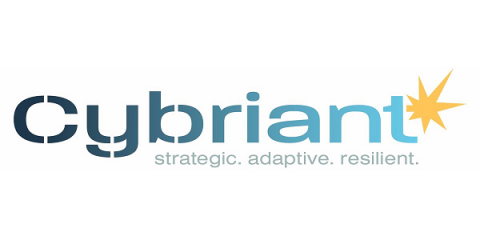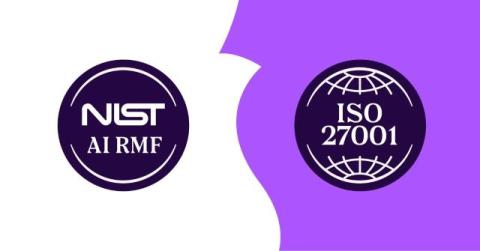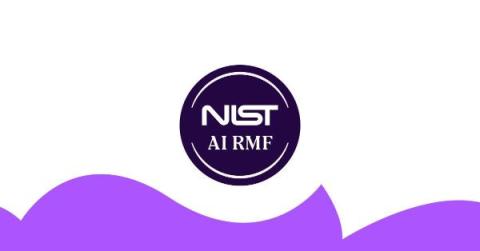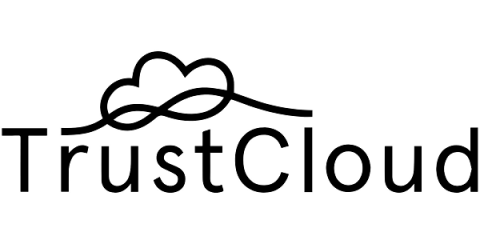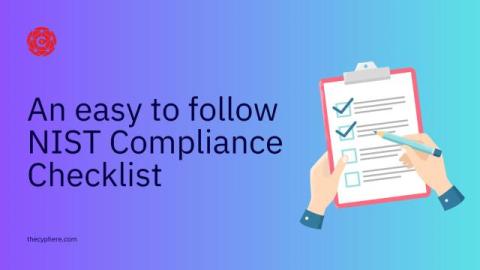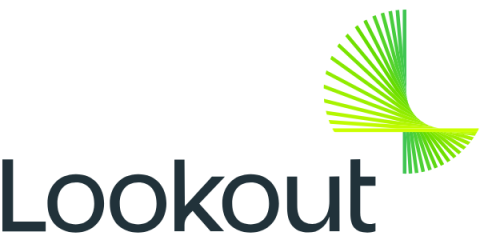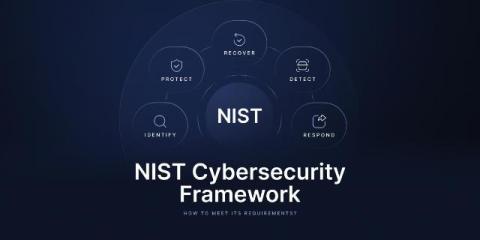Google Cloud KMS Introduces Quantum-Safe Digital Signatures Align with NIST's PQC Standards
Quantum computing poses rapidly escalating challenges to many of the public-key cryptographic algorithms currently in use: RSA, ECC, and DSA. Many of the classical public key cryptographic algorithms secure everything that deals with financial transactions, software updates, identity verification, and data encryption.


